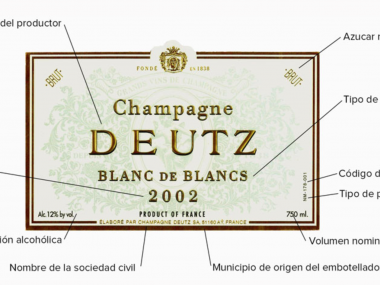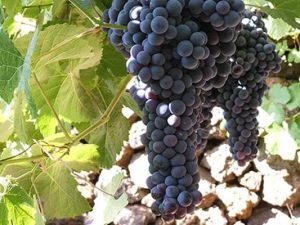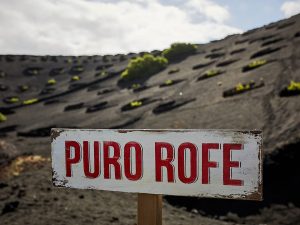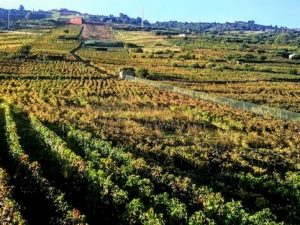Organic wines are making their way into the world of wine at an international level. According to the latest report published by the IWSR, it is predicted that by 2022 around 87.5 million bottles of organic wine will be sold worldwide, driven mainly by European markets.
But what is organic wine? It is often confused with both biodynamic and natural wine, when in fact they are not the same thing. Here we will explain the characteristics that distinguish it from these two types of artisanal wine, as well as from traditional wines.
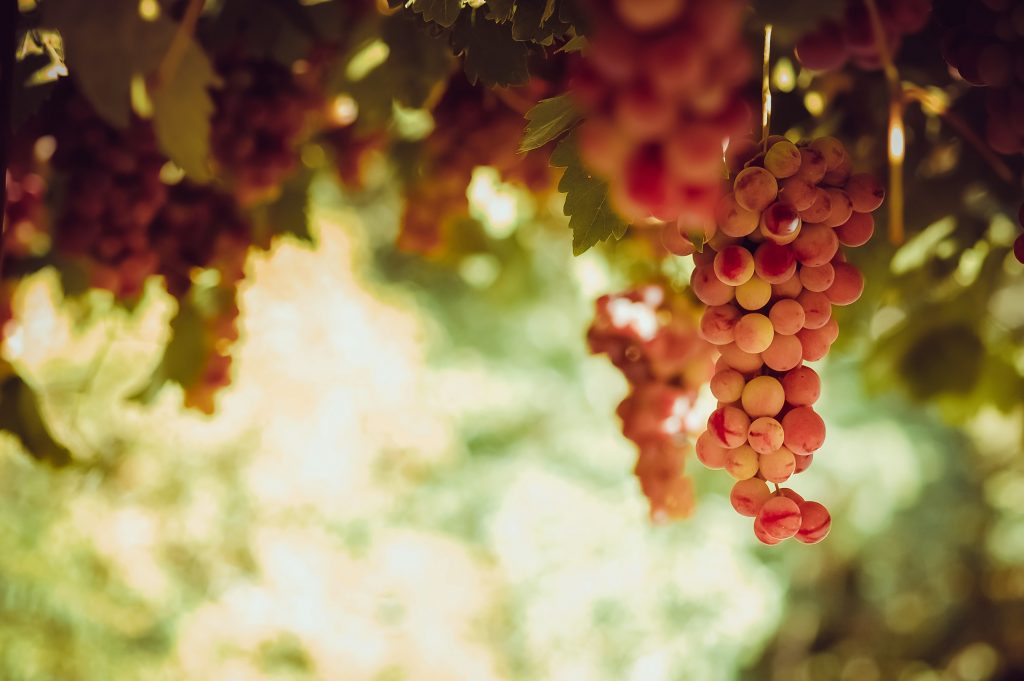
What is organic wine?
Organic wine is characterized by the development of sustainable and environmentally friendly practices throughout all stages of its production, which includes both viticulture and winemaking.
In concrete terms, that a wine is organic implies that it meets the following requirements:
- Natural fertilizers are used in the vineyard and no agro-toxic or chemical treatments are allowed in the cultivation plots. On the contrary, traditional and artisanal practices must be used.
- The use of damaged grapes is prohibited
Both sowing and harvesting are done manually, without the aid of machinery - Carbon levels during clarification are minimal.
The addition of sulphur is allowed, respecting a maximum of 100 mg/L for red wines and 150mg/L for white wines, while in traditional wines the maximum amount for red wines is 150mg/L and for white wines 200 mg/L. - The use of yeasts and selected bacteria is allowed, but without being genetically modified.
Natural crystallized tartaric acid from grapes can be used to modify the acidity of wines.
The stoppers of the bottles must be made of natural cork - On the labels, the wines must specify both their ingredients and the stages they go through during their production process
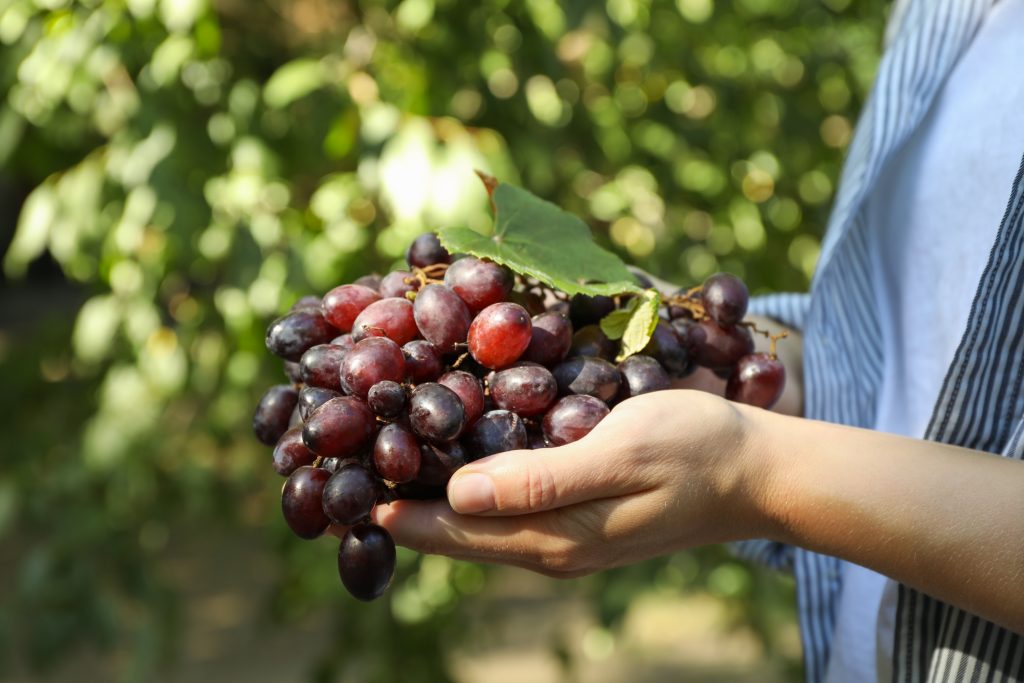
How can we identify an organic wine?
Some of the mentioned conditions of organic wines are characteristics that we can also find in biodynamic wines and natural wines. However, biodynamic wines are also based on the agricultural practice founded by Rudolf Steiner in the 1920s.
According to the principles of biodynamics, all the elements of the environment, from the vineyards to the fruits and the animals, are living organisms that must live together in balance and harmony. To achieve this, certain practices are carried out, such as the biodynamic calendar, the moon cycle or the use of special fertilizers.
Organic wines, on the other hand, do not require the use of the biodynamic agricultural method and, moreover, do not only focus on the cultivation stage, but also contemplate all the subsequent processes, up to their bottling and distribution.
As for natural wines, they are characterized by having the minimum possible intervention and do not accept the use of sulfites or chemical additives, even if it is a minimum amount, unlike organic wines that do allow their use in reduced measures.
However, the element that will allow us to differentiate organic wines in the easiest and quickest way will be to seek their certification as an organic product. This will serve as a guarantee that the wine meets the quality standards and that it has been produced according to the procedures and requirements dictated by the European Union.
In this way, if we find on the bottle of wine the Euro Leaf, which is the seal that in Europe allows us to identify organic products, we will know that we have succeeded. At the same time, we will find another seal from the certifying body of the country where the wine was produced.



